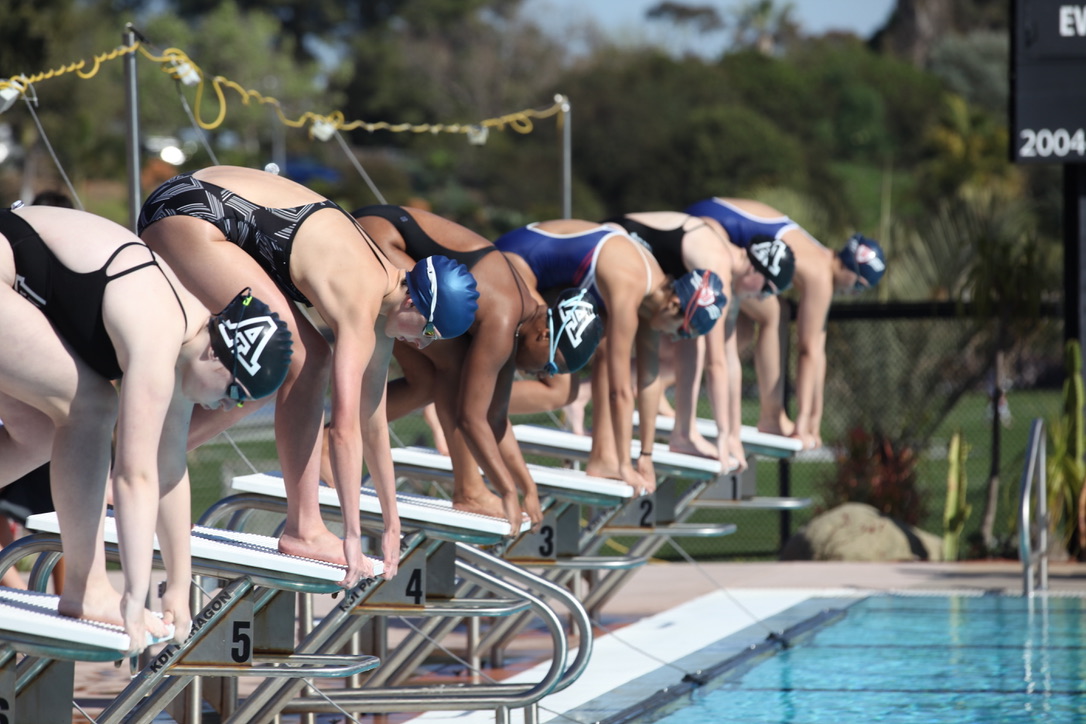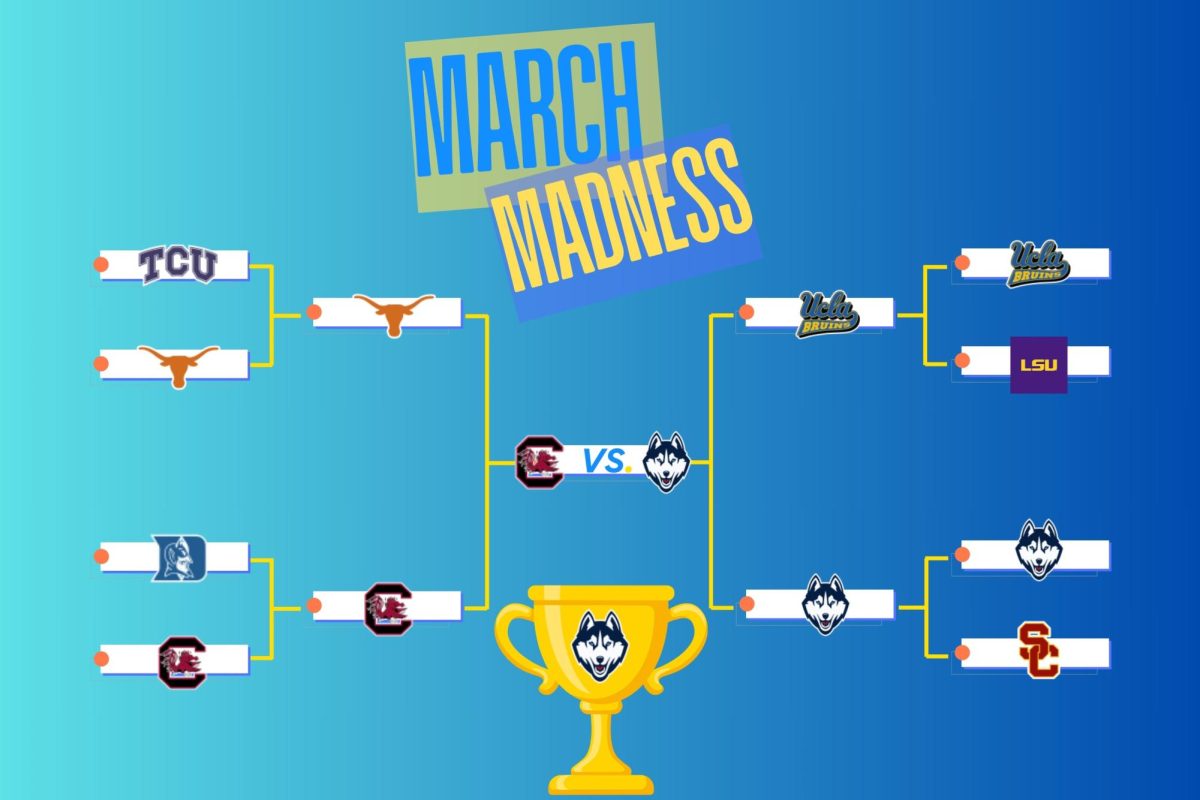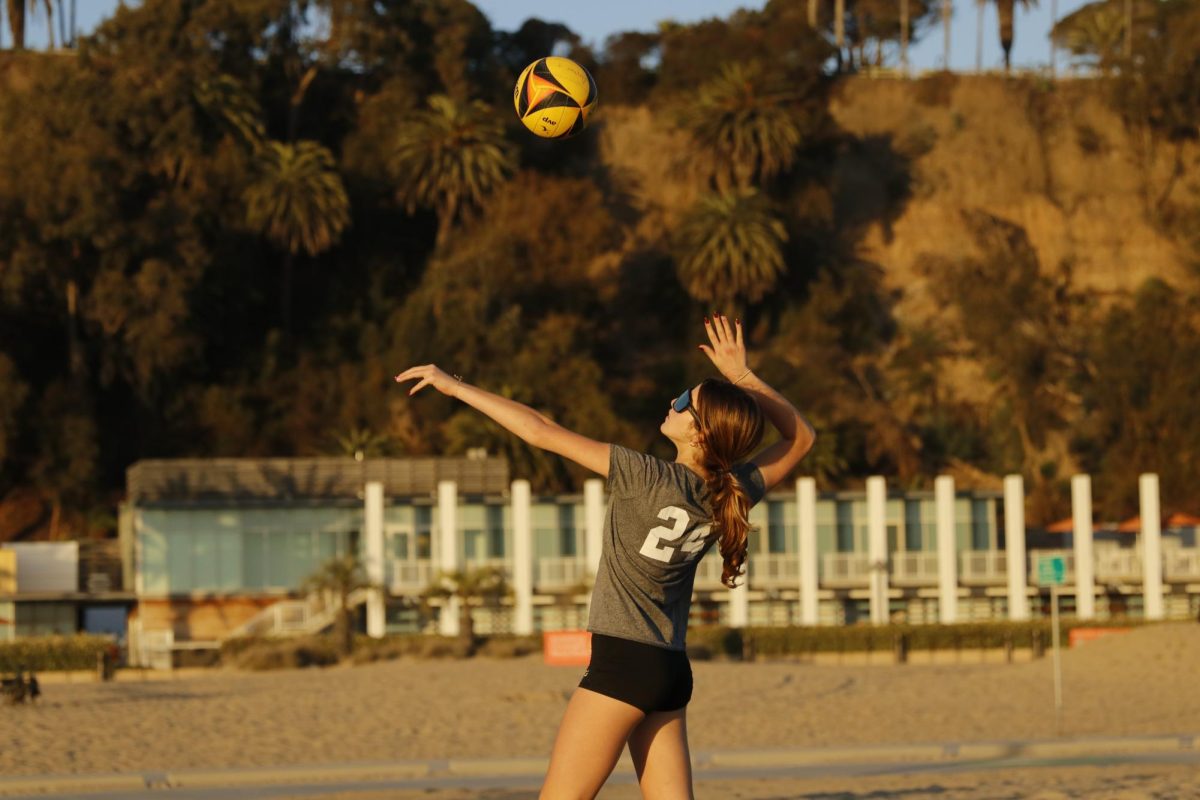Rhythmic gymnastics is not as commonly recognized as popular sports such as volleyball, soccer and tennis. Despite it not being offered as an Archer sport, freshman Keira Mungcal dedicates her time to training outside of school and competing internationally as a rhythmic gymnast.
The sport originated in the Soviet Union in the 1940s for female athletes. It gained international recognition in the 1960s and became an Olympic sport in 1984. Over the years, rhythmic gymnastics has evolved to incorporate ballet, dance and gymnastics into routines. Rhythmic gymnasts perform routines set to music with props such as ribbons, hoops, balls, clubs and ropes.
Competitions are judged on artistic expression, difficulty and execution. Scores are awarded on a scale from one to 10, and the gymnast with the highest cumulative score places first.
From a family friend’s recommendation, Mungcal began learning rhythmic gymnastics when she was 8 years old.
What does your practice schedule look like in a week?
Keira Mungcal [KM]: I train six days a week for four to five hours a day. I train with my teammates, usually, and all of us will do private training with our coaches once a week. We have two gyms. One is really close to Archer, probably five minutes away from here, and the other one is in the Valley in Chatsworth.
How do you feel about placing first nationally in your level this summer?
[KM]: It was a really big moment for me. At the previous competition, it wasn’t a very good competition there, and then winning nationals proved to me that I could keep going. It felt really good. To prepare for it, we all listen to gymnastics webinars during training days.
How do you feel about competing in such a high level for your sport?
[KM]: I am at the top now — it can’t get more demanding than this really. It’s kind of cool because when I started out young, I looked up to everybody, and then now, I’m one of them. I have several teammates, and a lot of them graduated already, but rhythmic gymnastics is kind of a homeschool-like community, so fewer people really go to school. A lot of my teammates do that, and they inspire me a lot.
What has been the most challenging part of your sport?
[KM]: You have to devote a lot of time to it, so it’s kind of hard to balance my sport with my personal life and school, so that’s really challenging. I have to do homework during school hours, trying to finish it all there. My friends are really understanding that I can’t hang out with them so much. Also, at some competitions, if you don’t do as well, you might have self-doubt, and you just kind of have to push through that.










